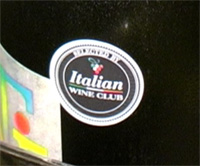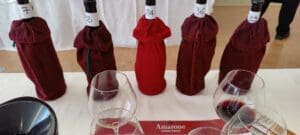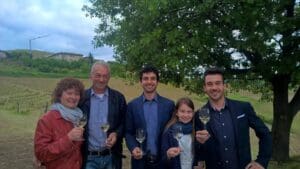Italy, the leg shaped peninsula between Adriatic and Tyrrhenian seas. While dribbling the island of Sicily, is also the biggest wine-producing country in the world (based on 2010 Wikipedia figures). Wine making is found in all 20 regions, with recognitions for 73 D.O.C.G (highest grade) and over 300 D.O.C (high-grade) classifications.
Ancient Greeks called this land, Oenotria, land of vines.
Italian wine grapes are largely indigenous, only native to the land of Italy. Even for the few that succeed in foreign lands, their names remained true to their origins. Italian wines commonly found in Singapore market include the Nebbiolo-based Barolo and Babaresco from the northern Piedmont. Sangiovese-based Brunello di Montalcino, Vino Nobile di Montepulciano and Chianti (Classico) from Tuscany, and Amarone from Veneto.
Little are spoken about the South, Antonio Boco is about to change that.
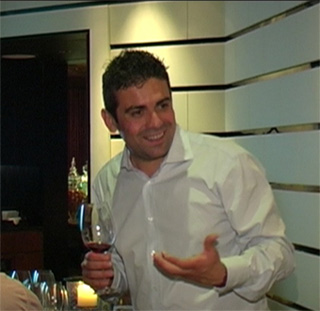
Antonio, as indigenous as Italian wines, is considered one of the most important Italian wine writer. Collaborated for some of the highly regarded Italian wine guides and magazines, he is also a writer for the “Gambero Rosso“.
In 2007, he received an award for his effort to change how people communicate about food, wine and typical Italian products. Recently in 2010, he was named “Best Young Journalist for Italian Wine” by the Association of Grand Cru Italy (Grandi Cru d’Italia).
Together with the Italian Wine Club in Singapore, Antonio hosted a master class introducing some of the lesser-known wines from other regions.
Drawing from his experience, Antonio first introduced two white wines from Pietracupa, Fiano di Avellino 2010 and Greco di Tufo 2010. From Campania, a southern region of Italy, the Fiano stood with a light golden, straw-like colour. Dry with bright acid on front palate which makes it light and easy-going. The nose carried hints of salty smoked meat. The Greco on the other hand brought rocky mineral coolness, with more weight on the palate.
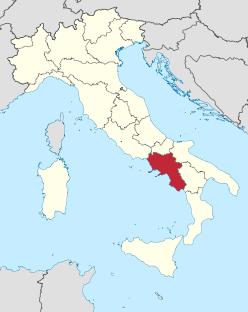
The next four wines in the master class were Italian reds, but I shall skip the brilliant Tenuta di Sesta Brunello di Montalcino 2006. No doubt a great wine from a good vintage.
“Polvanera 14” Primitivo di Gioia del Colle 2009 from Puglia is the Italian cousin of the California Zinfandel. Carrying the similar signatures of spicy, fruit forward aroma and high alcohol content, I asked for the differentiable feature between Zinfandel and Primitivo. Antonio stated wine makers in Puglia make Primitivo of varying styles. With so many differences within a region, it is not possible to draw a conclusion.
I think that is a fair statement.
Going forward we had the Gabbas – Dule Cannonau di Sardegna 2008, the Italian cousin of French Grenache and Spanish Garnacha. A common major blend for the Australia and Southern Rhone style of wine nicknamed G.S.M. – Grenache, Syrah, Mourvedre. Cannonau is the named used on the island of Sardinia (Sardegna), an off-shore island north-west of Sicily.
Last but not least, Villa Mongalli – Sagrantino di Montefalco Pozzo del Curato 2005.
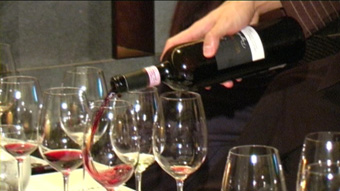
Montefalco, a commune in the central Italy Umbria region, requires 100 per cent use of Sagrantino to label as such. Deep purple core and ruby hue, with nose of games, meats and dark fruits aroma. This felt like Shiraz. While the acid was pretty medium, the tannins were big and kept the wine well-structured even when pairing with fatty meat dishes.
Wine drinking in Italy is a culture more than economics, as such Italians make wines for their food. Knowing their long history and rich culture, it is not difficult to draw correlation and make intelligent guess on the wine and food styles. A simple observation is the use of bright fresh tomatoes and olives in the southern, compared to the more refined elegance of truffles in the north.
I believe the same goes to the wines. The mentioned Italian wines are available via Italian Wine Club on-line site.
